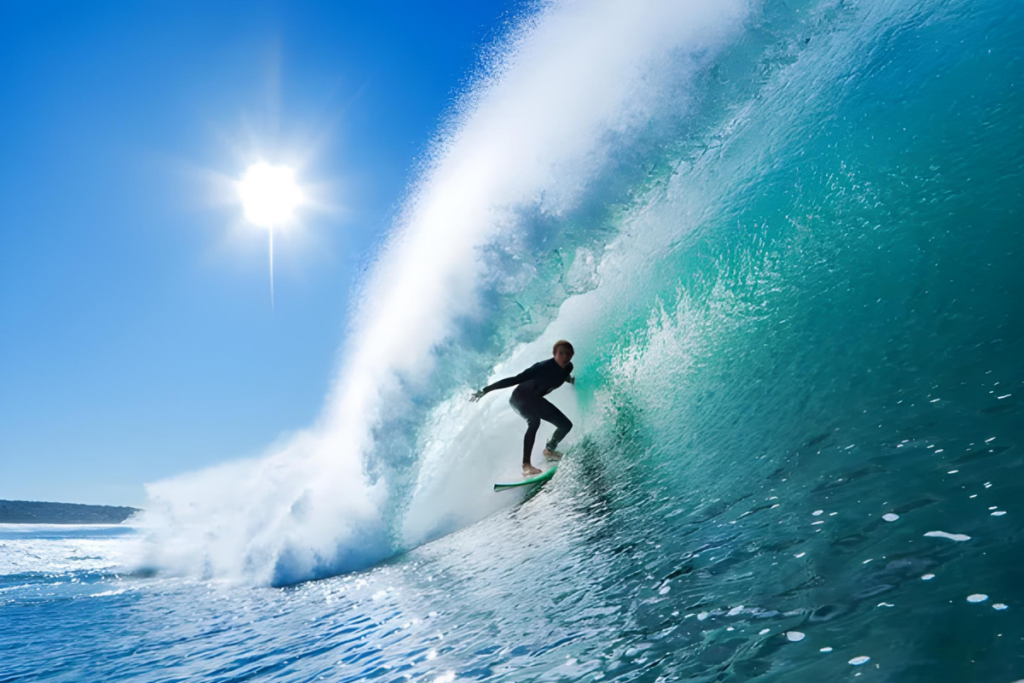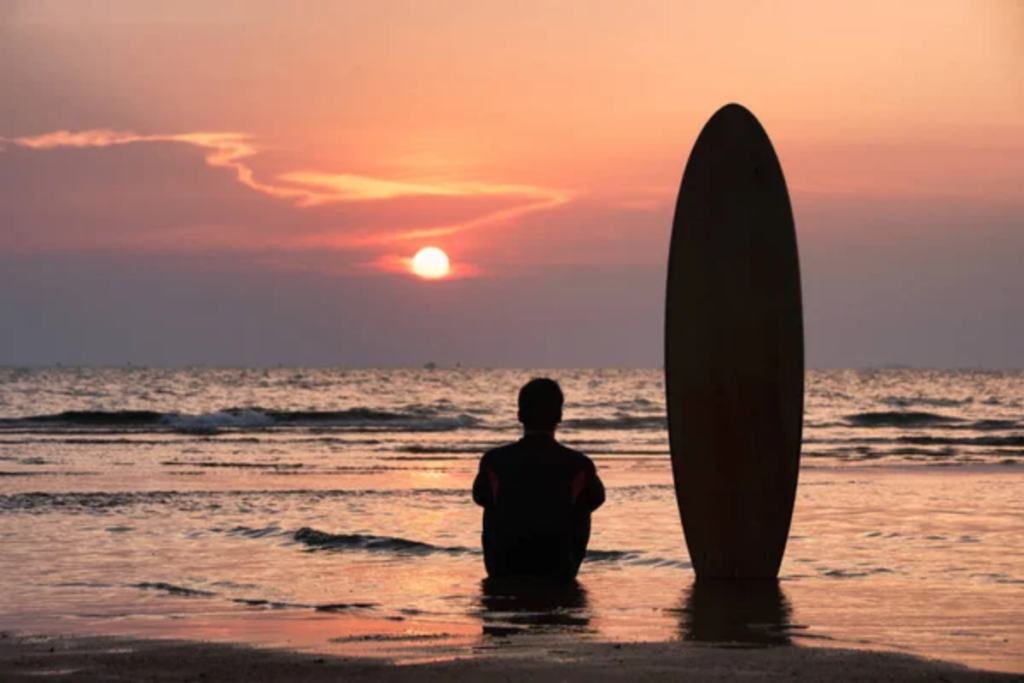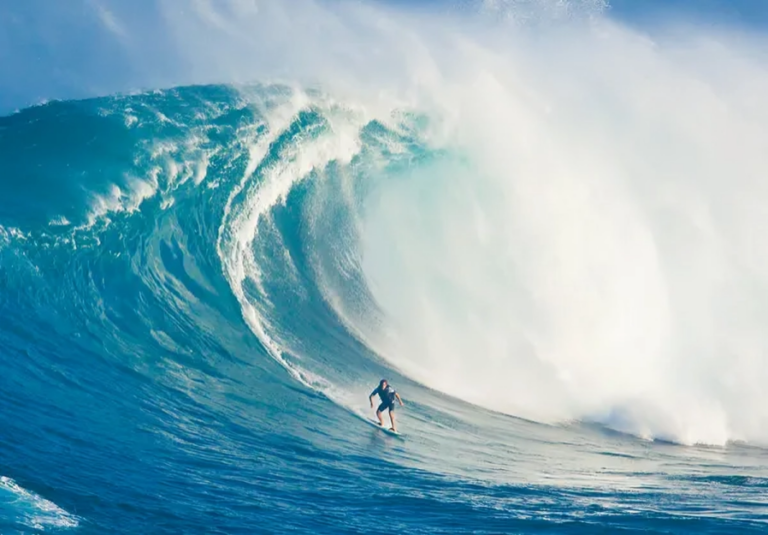Beginner Surfing: A Comprehensive Guide for New Surfers

Surfing is an exciting sport which has a relation with the power of waves and the ocean: it is thrilling and challenging at the same time and gives peace of mind. This is really why when you are new to surfing you have this feeling of anticipation and a bit of fear.
The idea is to aid your surfing experience in the following areas some of which are as follows; When selecting the surfing gear, decision making, and basic inline surfing etiquette. Without any further ado, let’s start taking a closer look at how one can turn into a confident and skilled novice surfer.
Beginner Surfer Etiquette
You will have to exercise a good amount of patience, practice a lot and also learn to pay respect to the ocean if you wish to become a good beginner surfer. Here are some tips to help you start strong:
- Start with the Basics: Before you get in the water, take your time, educate yourself on the equipment, as well as learn about paddling and popping up on the board. Depending on the equipment to be used in the operations, dry land practice is very important.
- Choose the Right Conditions: It is recommended that novices swim in little and gradual waves especially those classified as a beach breaker where the waves are modest. Do not go to areas frequented by experts since it will have more swell.
- Take Lessons: It only takes a few lessons and that is why it’s crucial that people invest in surfing lessons. A professional instructor will be able to teach the techniques needed and also explain to you some of the mistakes not to make.
- Stay Fit: It’s important to know that surfing does require some degree of strength, specifically, your abdominal, arm, and leg muscles. The activities that can help you to increase stamina and flexibility are swimming and yoga.
- Respect the Ocean: There is a need to grasp the factors that pertain to the tides, currents and waves. Safety should always be paramount regardless of how many times you have faced the sea, don’t underestimate the sea.
Top Beginner Surfer Mistakes
In this case it is important to note that trying is good especially for a beginner who may be bound to make some mistakes. However, being aware of common errors can help you avoid them:
- Standing Up Too Soon: It is common for many learners to attempt to stand up at some point before they have achieved sufficient speed on the wave. One should not attempt to pop up before the wave has taken him or her away from the beach or shore.
- Poor Paddling Technique: Paddling is one of the most important activities a surfer has to perform when in the water. That way it can become tiring easily if one is using the wrong technique. Do not lean your body on the board, drag your arms through the water, and do not splash.
- Ignoring Surf Etiquette: There are certain rules which are unique to surfing which surfers disregard and engage in the sport as necessary. This often results in accidents and tension in the aspect of the lineup . Last but not the least, always be courteous to other surfers and also understand more about the surf etiquette.
- Choosing the Wrong Board: Newbies, when selecting the boards, make a frequent mistake of going for such short boards or those which are not broad enough. The board that is bigger and more stable is easier to pop up on and will enable you to catch more waves.
- Lack of Patience: This is however subject to the fact that progress in surfing can at times take even a very long time. Do not become angry or get easily annoyed if there is nothing much that you can celebrate in the short-term. Do not give up and always have fun with the concept.
Best Surfboards for Beginners
This is especially important for a beginner, which means that selecting the right model is critical to your success. Here are some popular options:
- Longboards: This is true mainly because of the size and stability of longboards that makes them ideal for beginners. They make it easier to paddle when catching waves and help in balancing.
- Foam Boards: Foam boards are soft, they don’t hurt the body they are designed for and their safety is incredible. These are ideal for those new in cycling as they are likely to fall time and again. These boards are also less likely to give you a beat down or cause injury if you come in contact with them.
- Mini Malibus: These are intermediate boards and are very close in size to ordinary longboards but they are shorter in length. They are more stable but are a little more ‘twistly’, enabling learners to start to introduce turning maneuvers.
- Soft Top Boards: In similarity to foam boards, the soft top boards are also rigid and easy to use for beginners. It is equally pointed out that they are cheaper and can easily be hired from any surf shops.
Surf Gear
While the surfboard is the star of the show, other gear is equally important:
- Wetsuits: Depending on the water temperature, a wetsuit can keep you warm and protect your skin from the sun and board rash. Make sure to choose the right thickness for your surf location.
- Leash: A leash keeps you connected to your board, preventing it from washing away when you fall. This is essential for both your safety and the safety of others.
- Wax: Surfboard wax provides traction, helping you stay on the board without slipping. Apply it evenly across the top of the board before each session.
- Surfboard Bag: Protect your surfboard from damage during transport and storage with a surfboard bag. This is especially important if you’re traveling.
- Ear Plugs: Frequent exposure to cold water can lead to “surfer’s ear,” a condition where bone growth occurs in the ear canal. Wearing ear plugs can help prevent this.
Where to Surf

Finding the right location is key to a great surfing experience. Here are some beginner-friendly spots:
- Waikiki Beach, Hawaii: Known for its gentle, long waves, Waikiki is a fantastic spot for beginners. The warm water and consistent surf make it a popular choice.
- Crescent Head, Australia: With its long rides and mellow waves, Crescent Head is perfect for beginners looking to practice their skills.
- San Onofre, California: San Onofre offers soft, rolling waves ideal for beginners. The beach has a welcoming surf community and great facilities.
- Bali, Indonesia: Bali’s Kuta Beach is known for its beginner-friendly waves and vibrant surf culture. It’s a great place to learn and experience the local surfing vibe.
- Taghazout, Morocco: Taghazout’s sandy-bottomed waves are gentle and perfect for beginners. The area also offers surf schools and affordable accommodations.
Surfing Etiquette
Understanding and practicing good surfing etiquette ensures a safe and enjoyable experience for everyone in the water:
- Don’t Drop In: Dropping in is when you catch a wave that someone else is already riding. Always check both sides before paddling for a wave.
- Paddle Wide: When paddling out, avoid the area where waves are breaking. Paddle around the breaking waves to avoid interfering with surfers riding the waves.
- Take Turns: The surfer closest to the peak of the wave has the right of way. Wait your turn and respect the lineup.
- Communicate: If you’re paddling for a wave and someone else is nearby, communicate your intentions. A simple “going left” or “going right” can prevent collisions.
- Respect the Locals: Every surf spot has its own local community. Respect the locals and their rules. Being polite and courteous will go a long way.
How to Surf
Learning how to surf involves mastering a few key techniques:
- Paddling: Lie on your board with your chest raised slightly. Use long, deep strokes with your arms, keeping your hands cupped. Paddle with alternate arms to maintain speed and balance.
- Pop-Up: As the wave approaches, paddle hard to gain speed. Once you feel the wave lifting you, push up with your hands, bring your back foot onto the board, and then your front foot. Stand up quickly, keeping your knees bent and eyes forward.
- Riding the Wave: Once you’re standing, shift your weight to steer the board. Use your back foot for turning and your front foot for balance. Keep your knees bent and your body low for stability.
- Wiping Out: Falling is a part of surfing. When you wipe out, protect your head with your arms and stay underwater until the wave passes. Come up slowly to avoid hitting your board.
Surfing Safety
Safety is paramount in surfing. Here are some tips to keep you safe in the water:
- Know Your Limits: Don’t push yourself too hard, especially in challenging conditions. Start in small waves and gradually work your way up.
- Understand Rip Currents: Rip currents can pull you out to sea. If caught in one, don’t panic. Paddle parallel to the shore until you’re out of the current, then head back in.
- Surf with a Buddy: Surfing with a friend is safer and more fun. Keep an eye on each other and offer help if needed.
- Check the Forecast: Always check the surf and weather forecast before heading out. Be aware of any potential hazards like strong winds, big waves, or sharks.
- Respect the Ocean: The ocean is powerful and unpredictable. Always be aware of your surroundings and follow local safety guidelines.
Surf Camps
Surf camps are a fantastic way to accelerate your learning and meet other surfers:
- Types of Surf Camps: Surf camps differ from day camps to camps that are held for weeks. Some of them are centered on intensive training and others offer a more laid back approach to the handling of visitors through yoga and sightseeing.
- What to Expect: Teaching, renting of equipment and provision of accommodation are the common services that are offered at surf camps. You are going to receive the instructions from professional ones, practice in various conditions, and you will be able to meet other like-minded beginners.
- Choosing a Surf Camp: To which extent they should go with their preferences, their budget, and their expectations they have before starting at a surf camp. Choose those camps that have good comments from other camp going kids and parents, the instructors that are well qualified , and camps that have a good record on safety issues.
- Popular Surf Camp Locations: Amazing destinations that feature surf camps include Costa Rica, Portugal and Sri Lanka. They are characterized by stunning coastlines, quality waves and cherished surfing culture.
Frequently Asked Questions
How long does it take to learn to surf?
It takes a different amount of time depending on the individual and the program that one undergoes; however, people who are beginner levels can be able to start surfing and taking some small waves after about two to three days of lessons. Proficiency is achieved by practice, it may take even months to become proficient.
Can I learn to surf on my own?
It is possible to learn without proper lessons especially from a certified instructor but the time taken for this and the number of wrong steps taken cannot be compared with proper lessons.
What time of day is best for surfing?
As a general rule the best times are early morning and late afternoon, as there is always less wind and there aren’t many people around.
Do I need to be in good shape to surf?
It is advisable to be fit and healthy though surfing is an effective way of exercising the whole body, and thus improves one’s fitness.
What’s the best way to get better at surfing?
There is no other way apart from practicing, observing other surfers and taking lessons.

